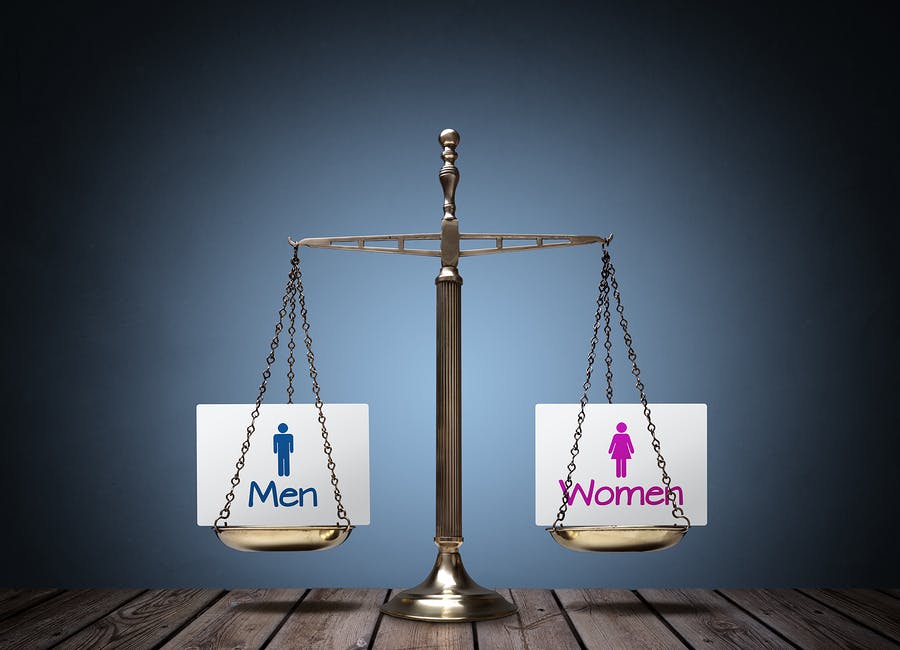According to a recent SDG Gender Index study from Equal Measures 2030, no country in the world is on track to achieve gender equality by 2030; the US was ranked 28 and the UK was ranked 17. While this index takes into account a variety of factors outside of wage inequality, furthering overall gender equality in the US must focus on expediting progress in gender pay equity.
In the last few years there has been an uptick in awareness and action for pay equality around the world. Countries such as the UK have passed legislation that supports equal pay, requiring employers with more than 250 UK employees to report on their pay gaps. Although we’ve seen US states pass laws supporting equal pay, we’re unlikely to see action on a national level in the near future.
This begs the question: are the UK laws effective in closing gender pay gaps? How do opinions and perceptions of the gender pay gap differ between a country like the UK that has implemented pay gender pay gap regulation and the US, where legislation has been less successful?
According to a Beqom report, 73% of enterprise employees in the US and 77% in the UK are aware of the gender pay gap in their country, but the 33% of UK enterprise workers who believe the gender pay gap has decreased at their company in the last 12-18 months is more than double the 14% of US workers saying that. Those views expose a large divide in progress towards equity.
In the US, it’s up to executives and HR leaders to uncover pay gaps in their company and to take steps to avoid bias and unfairness in compensation. With one in five employees believing their employer or manager does not take closing the gender pay gap seriously, let’s take a look at how HR leaders can show their employees they support equal pay in their workplace.
Transparency is happening
Our survey found 21% of employees believe their company has a gender pay gap problem, and 63% would be more willing to work at a company that discloses its gender pay gap figure each year, pointing to an opportunity for employers to provide more compensation transparency. Particularly in industries such as technology, where 29% of workers believe that men make more than women despite equal skill, performance, and experience, employers must take steps to create a more transparent workplace or risk losing top talent.
Only a fifth of companies have disclosed their current gender pay gaps, but that doesn’t mean salary transparency is relegated to this small subset. Nearly half of employees say they would share their salaries with their colleagues, proving that employees will find transparency among themselves if it’s not directly given to them. To provide accurate, overall compensation transparency in context, HR leaders can provide dynamic total reward statements, which measure an employee’s full compensation package, including bonuses, benefits, and perks, along with salary. These statements provide employees with a view into their overall value to a company, which they can then compare to industry benchmarks to provide additional transparency into their level of compensation.
Benefits is an issue
When asked what the biggest workplace issue at their current job is, the majority of US workers cited lack of benefits, such as employer-covered healthcare, parental leave, or retirement. In contrast, UK employees believe that their workplace culture is the biggest issue.
Although the gender pay gap is a major problem in the US, as our survey shows, salary is not the only issue. In order to truly understand the gender pay gap, employers must again look at total compensation. This includes benefits like health insurance, work from home or paid time off, and non-cash rewards such as travel opportunities or volunteer time. Taking a second look at where these benefits can be improved is a good place to start if an employer is unable to adjust salaries for their employees.
Compensation technology
HR leaders looking to make a change in their compensation policies should consider implementing data analytics to better manage the full compensation process. Using compensation management software, companies can ensure their pay structures are free of unconscious bias and that they are staying compliant with evolving state and national regulations. This technology can also help manage industry benchmark changes to ensure pay is up-to-date with industry standards. Additionally, it can help predict and personalize benefits that incentivize employees to continue a high standard of work.
Companies pushing to close the gender pay gap on their own are key to pushing the government to implement legislation on both a local and federal level. To measure where pay gaps cannot be attributed to anything other than gender bias and to prove to employees that the organization is committed to equal pay, companies must look beyond simple salary comparisons. With focused HR efforts and effective compensation technology, we can turn the gender pay gap on its head and create a more equal workforce within the next decade.
